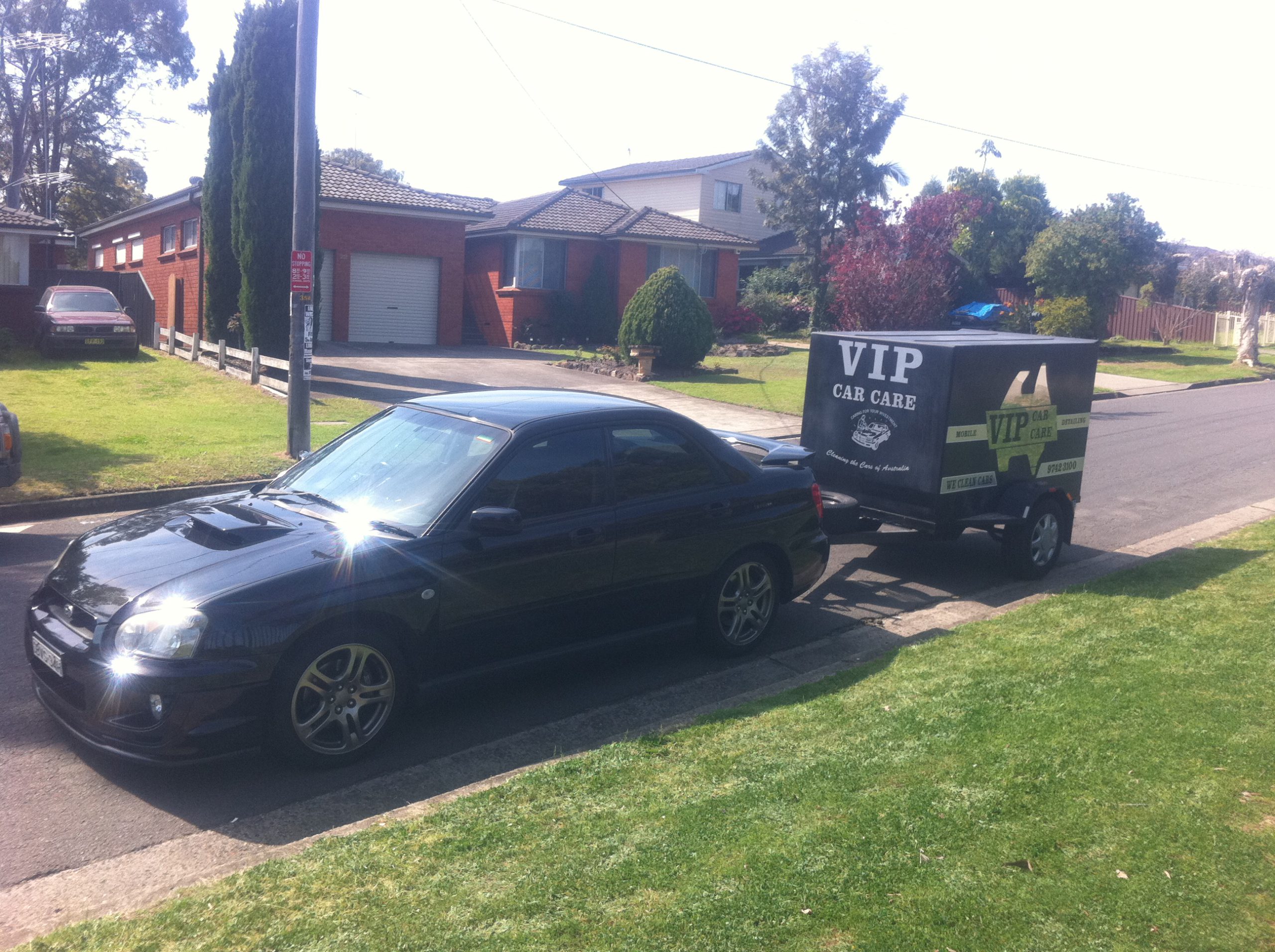A trailer can at best be defined as a type of cart which can be attached to the back of a vehicle and can be used to ferry large items like auto-mobiles, furniture, landscaping equipment and much more. There are different types of trailers ranging from the enclosed trailers used to carry animals to the large V-shaped trailers that can be used to carry boats. It has to be kept in mind that the basic design of a trailer remains the same. Either you can buy a trailer for thousands of dollars or you can save that money by making your own trailer. Also, camper trailer parts “trailerpartsdirect.com.au” is available in plenty these days that will make your work easier. All that you have to do is to follow the simple steps that are described below.
Steps
1. Familiarize yourself with the traffic laws in your area. You may need special permissions or inspections in order for your trailer to be road legal.
2. Select proper axles. Car-towed trailers usually have 1 or 2 axles. Two axles can carry more weight and have better shock absorption. If you are searching for axles for custom trailers then you have choices. It would be better if you keep the following things in mind:
You can find inexpensive axles at junkyards.
Old truck axles or mobile home axles can be used to make a trailer.
The springs and brakes should be there in the axles.
Keep it in mind that you are making a trailer that is approximately 100 inches (254cm) wide. So if you buy axles wider than that then you would need to cut them in the middle and weld them back together again to get the appropriate dimensions.
3. Buy appropriate wheels. Care needs to be taken that your wheels are specifically made for trailers. The tire measurements should be 15 inches (38 cm) wide and they must be made of bias-ply nylon.
4. Constructing the trailer frame: You should use 4 inch (10.16 cm) by 4 inch (10.16 cm) steel bars.
Make a rectangular frame of the size that you want by welding the sections of the steel bar together.
The frame has to be a perfect rectangle; therefore it is a must to check the corner angles as well as the diagonal measurements.
Use a chop saw with a blade specifically meant to cut metals and cut 5 steel bars to the width of the frame.
The axles should be 16 inches (40.6 cm) past the centre mark toward the trailer hitch end when laid underneath a reference frame.
In order to provide stability, weld the width bars to the frame. You can start with the centre bar which has to be placed in the middle of the 2 axles. The next 2 bars can be welded at the either end. Weld the remaining 2 bars at the spring hanger mounting points.
5. Make a trailer tongue. Use steel bars that are 4 inch (10.16 cm) x 4 inch (10.16 cm) in size.
Cut two 41 inch (104 cm) lengths of steel bar using a chop saw.
The steel bars have to be positioned in such a way that half of them lie underneath the frame and half of them extend out of the frame’s front.
Weld them 1 on each side to the front of the frame angling them in such a manner that their ends meet and they form a triangle.
Cut the tips where the steel bars meet, at the front of the trailer, using a chop saw and weld them together.
6. Connect hitch to trailer tongue. A hitch which is compatible with the vehicle that would be used for towing has to be welded to the tongue of the trailer.
7. Connect the axles to the trailer:
The trailer frame is to be flipped in such a way so that its underside is up.
The 2 axles on the underside of the frame are to be laid and lined up in such a manner so that they are on the either side of the centre crossbar of the frame.
Now the spring hangers of the axles are to be welded to the frame.
Flip the trailer over and finish welding the axles on from the top of the frame.
8. Cover the frame: Cover the frame using heavy gauge metal plates that are cut to size and them weld them in position.
Alternatively you could make the deck of the frame out of wood.

How to Construct a Trailer
by
Tags:

Leave a Reply